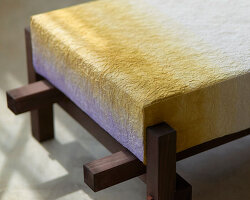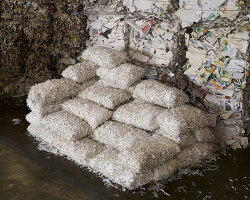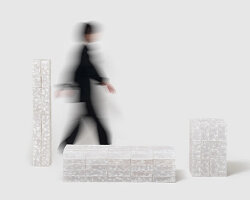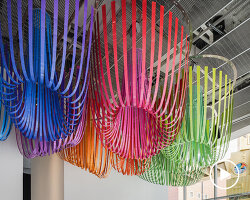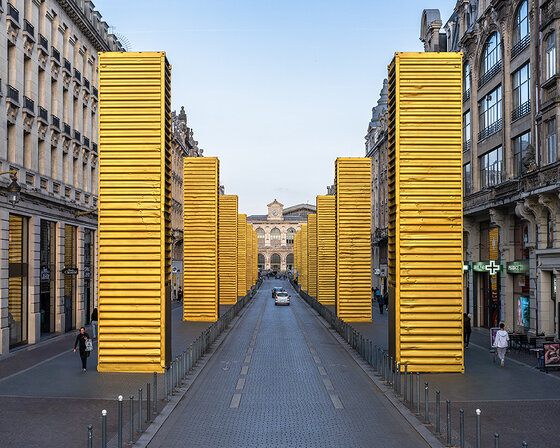KEEP UP WITH OUR DAILY AND WEEKLY NEWSLETTERS
happening now! in an exclusive interview with designbooom, CMP design studio reveals the backstory of woven chair griante — a collection that celebrates twenty years of Pedrali’s establishment of its wooden division.
through the dramatic arrangement of the containers, SpY transforms a conventional passageway into a ceremonial corridor.
connections: +900
sara shakeel talks the role of AI in contemporary art, the human impulse to materialize digital ideas, and the emergence of phygital works.
outdoor subterranean oculi, called skyspaces, will frame the shifting hues of the sky to reveal phenomena rarely visible to the naked eye.
visionary director and artist david lynch has passed away on january 16th, 2025, at the age of 78.
connections: +110

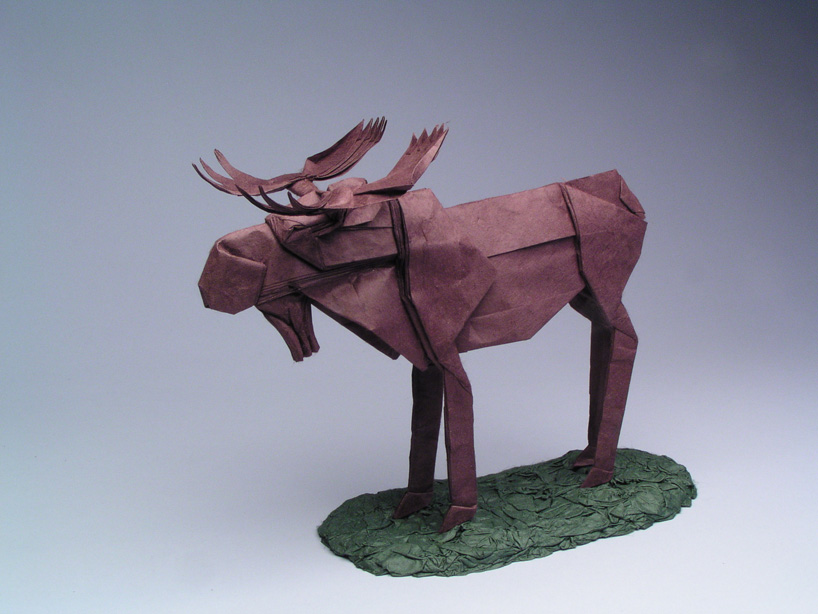 moose
moose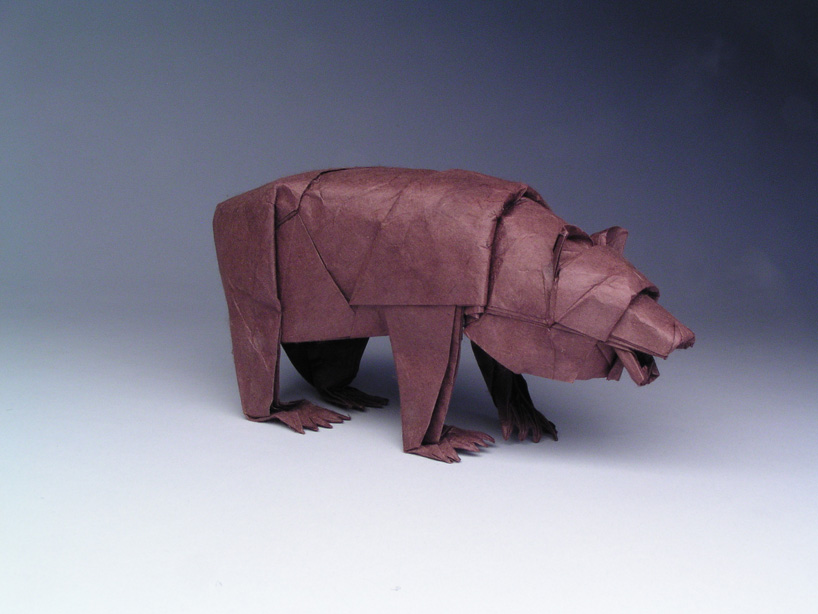 grizzly bear
grizzly bear jack russel
jack russel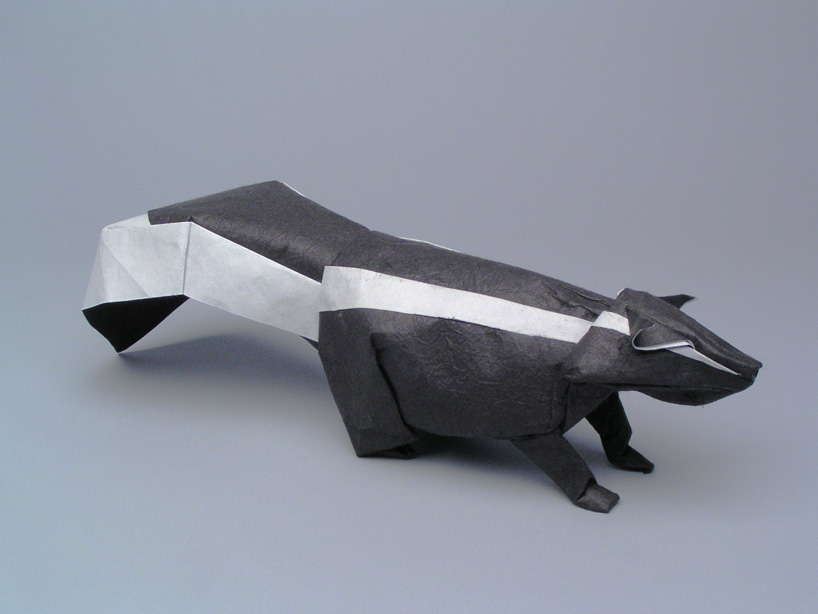 skunk
skunk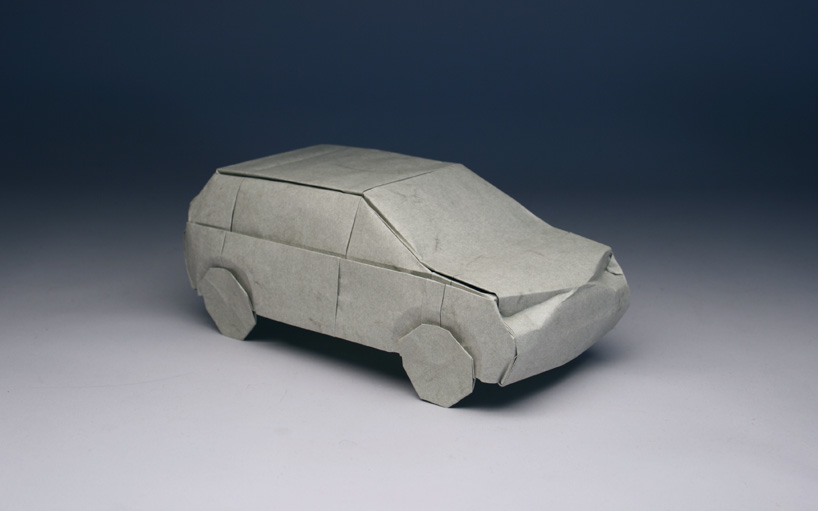 SUV opus 507
SUV opus 507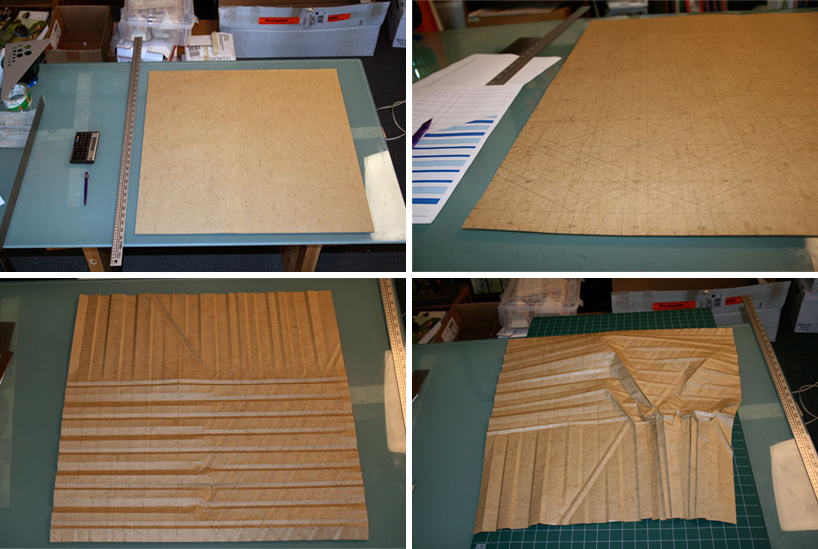 making of american flag: the piece is made with a single sheet of 13×17" (33cm x 43 cm) wyndstone marble paper. first the fold pattern is drawn then numerous base folds are made.
making of american flag: the piece is made with a single sheet of 13×17" (33cm x 43 cm) wyndstone marble paper. first the fold pattern is drawn then numerous base folds are made.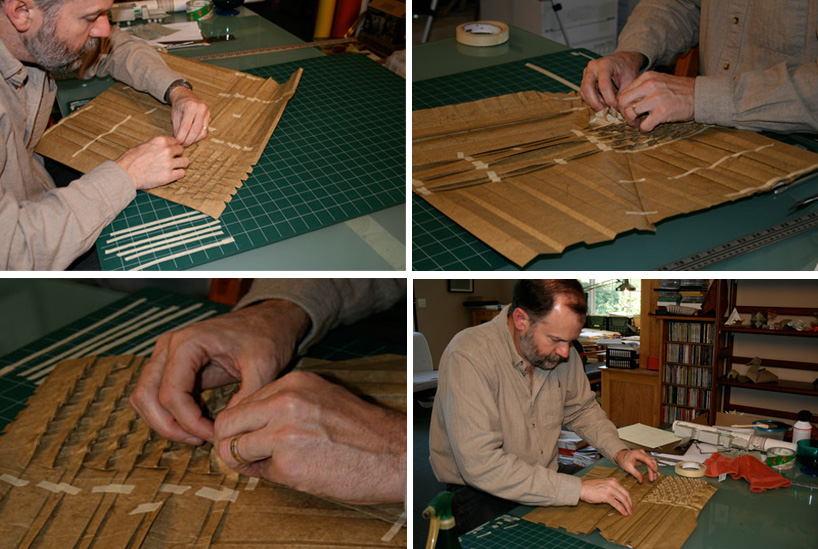 before a series of intricate smaller folds are made to start forming the stars and upper stripes, folds are held in place with masking tape.
before a series of intricate smaller folds are made to start forming the stars and upper stripes, folds are held in place with masking tape.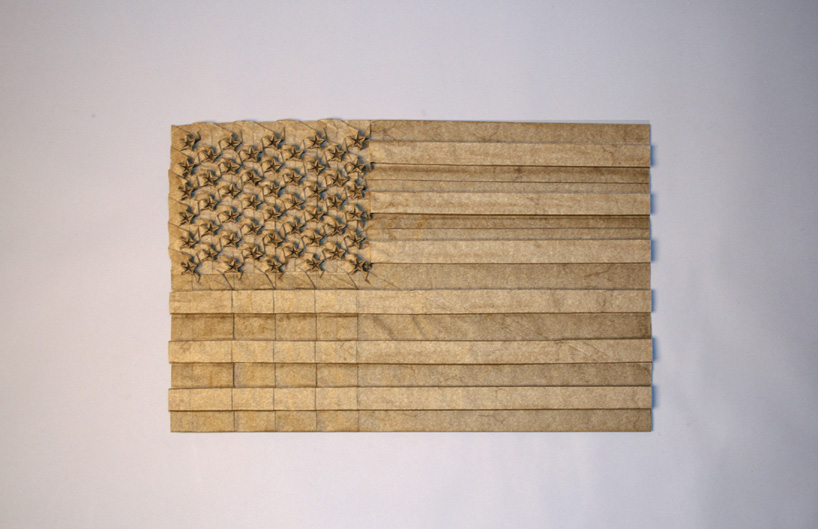 finished american flag by robert j lang – more details
finished american flag by robert j lang – more details 


